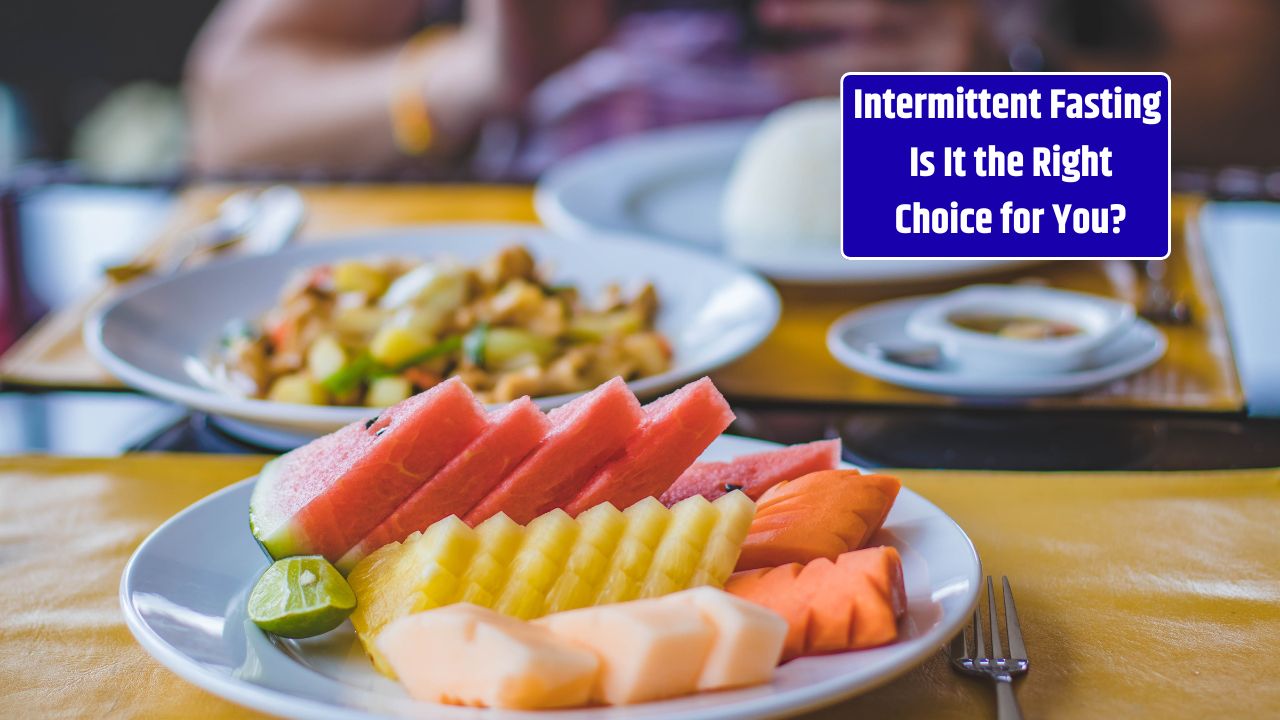Picture this: it’s Wednesday evening, you’re exhausted from work, and the fridge is a random mashup of leftover chicken, half a bag of spinach, and three sauces you don’t remember buying. The easiest option? Takeout. The cheapest option? Definitely not. That’s exactly where a weekly meal plan swoops in like a superhero. Not the Pinterest-perfect kind with color-coded containers, but a practical, flexible plan that saves both your wallet and your sanity.
Why Meal Planning Matters
Food is one of the sneakiest budget-busters in any household. The average American spends more than 10% of their income on food, according to the U.S. Department of Agriculture. And it’s not just groceries—it’s the constant cycle of “I’ll just grab something quick.” But with a bit of upfront effort, you can slash grocery bills, cut food waste, and actually spend less time cooking during the week.
The kicker? Meal planning doesn’t mean you’re chained to the stove. It’s about setting up a loose roadmap so you know what’s for dinner without stressing daily.
Step 1: Check Your Calendar Before the Fridge
A lot of people flip this. They plan meals, then realize they don’t even have time to cook them. Look at your week first—are there nights with late work meetings? Kids’ soccer practice? Maybe a friend’s birthday dinner? Mark those down. On busier nights, slot in quick 15-minute meals or leftovers. Save the more elaborate cooking for slower evenings.
Step 2: Shop Your Pantry First
Before making a grocery list, raid your shelves. Got a can of black beans gathering dust? Half a box of pasta? That’s the skeleton of a meal right there. According to the Environmental Protection Agency, nearly 40% of food in the U.S. goes to waste. Planning around what you already own stops you from adding to that statistic—and saves cash immediately.
Step 3: Use a Simple Formula
Don’t overcomplicate it. A balanced plate is usually protein + veg + carb. Rotate that with variations:
- Monday: Stir-fry with chicken, broccoli, and rice
- Tuesday: Tacos with beans, veggies, and tortillas
- Wednesday: Pasta with marinara, spinach, and sausage
- Thursday: Leftovers or sheet-pan salmon with potatoes
- Friday: DIY pizza night
This formula keeps things flexible. You’re not locked into “chili every Thursday” unless you want to be.
Step 4: Batch-Cook Strategically
The trick is not cooking everything ahead (because honestly, eating reheated lasagna five days in a row can kill your soul). Instead, prep components. Roast a tray of vegetables, boil a big pot of rice, grill some chicken, chop onions. That way, midweek meals come together in 10 minutes flat.
Here’s a quick table to show the time vs. cost advantage:
| Strategy | Avg. Time Saved per Week | Avg. Money Saved per Week* |
|---|---|---|
| Cooking daily, no plan | 0 min | $0 |
| Loose meal plan only | 2–3 hours | $25–35 |
| Plan + batch prep | 4–6 hours | $40–60 |
Step 5: Shop with a List (and Stick to It)
The grocery store is designed to make you impulse-buy. Ever notice how essentials like milk are always at the back? Make a list based on your meal plan and treat it like gospel. Apps like AnyList or even just your phone’s notes app work wonders. If you’re prone to splurging, try grocery pickup—less temptation.
Step 6: Leave Room for Flexibility
Nobody wants to eat in a rigid, military-style schedule. Build in one “free night” for ordering out or winging it with leftovers. That way, you don’t feel guilty if plans change, and you avoid food waste.
Step 7: Involve the Household
If you’ve got kids or roommates, let them pick a meal each week. People are less likely to complain about dinner when they had a hand in choosing it. Plus, it keeps things varied—your teenager might introduce you to a TikTok pasta hack that actually slaps.
Quick Budget Hack: Theme Nights
This isn’t about getting fancy, it’s about keeping decisions simple. Meatless Monday, Taco Tuesday, Soup Wednesday, etc. Themed nights cut down “decision fatigue,” and your grocery list naturally gets streamlined.
The Hidden Benefit—Peace of Mind
Sure, you’ll save $50–$100 a week if you stick to a meal plan, but the real magic? Not having to think at 6 p.m., “What the heck is for dinner?” That mental relief is priceless.
FAQs:
How much money can meal planning really save?
On average, households save $1,500+ per year by reducing takeout and food waste with weekly planning.
Do I need to meal prep every single dish?
No. Prepping ingredients (like chopping veggies or cooking grains) works better than prepping full meals for many people.
What if I hate eating the same thing over and over?
Focus on versatile ingredients. For example, grilled chicken can become tacos one night, a salad topping the next, and stir-fry on day three.











